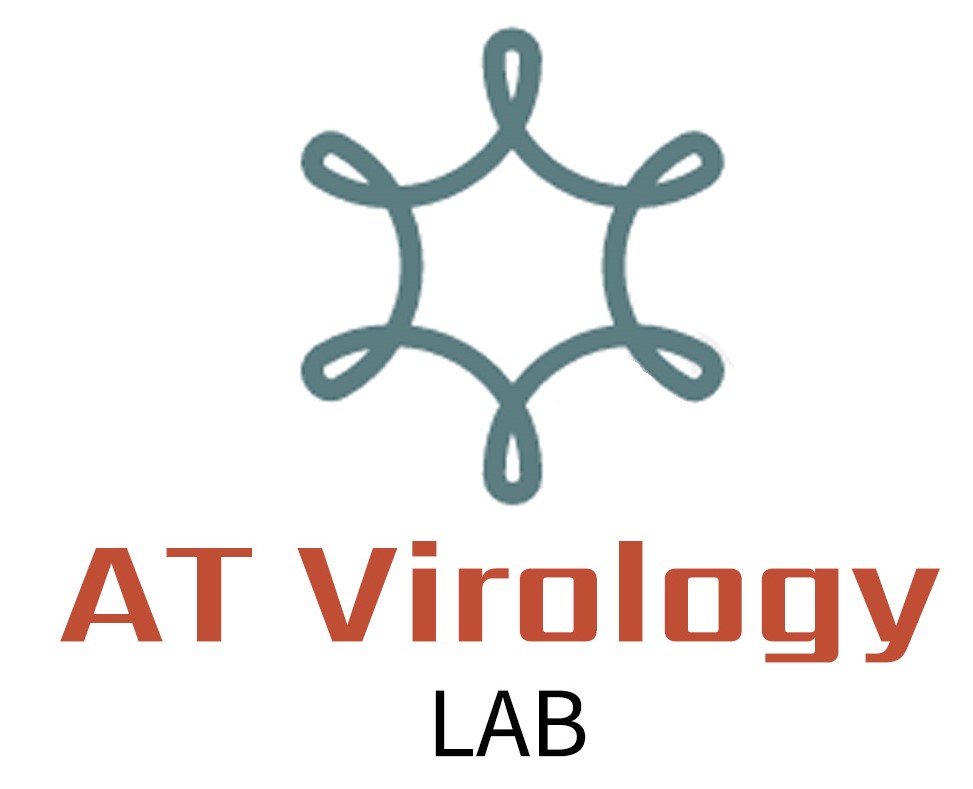Abstract
Galectins are a family of β-galactosides-binding protein, crucial regulators of host-virus interactions. They achieve this by recognizing specific glycan patterns on viral surfaces or mediating interactions with intracellular viral or host proteins, subsequently influencing the critical phases of the viral life cycle, such as attachment, replication, immune evasion, and reactivation. Furthermore, galectins modulate host immune responses, shaping the progression and outcomes of viral infections. This review comprehensively examines the roles of both endogenous and exogenous galectins in viral infections, noting that only a few galectins, including Galectin-1, -3, -4, -7, -8, and - 9, Have been identified as key players in viral infection. Notably, Galectin-1, -3, and - 9 play diverse functions in both DNA and RNA viral infection. Emerging evidence highlights the potential of Galectin-4 and -8 as intracellular sensors and modulators of viral pathogenesis. Endogenous galectins, produced by host cells, act through both glycan-dependent and glycan-independent mechanisms, influencing viral processes and immune responses. Exogenous galectins, which are secreted by other cells or administered as recombinant proteins, can either enhance or counteract the actions of endogenous galectins. The functions of galectins are virus-specific and context-dependent, serving as either promoters or inhibitors of viral replication and reactivation. Dysregulation of galectin expression is often linked to disease progression, highlighting their potential as diagnostic and prognostic biomarkers, as well as therapeutic targets. The important and varied roles that galectins play in viral infections are highlighted in this review, which also provides fresh insights into host-pathogen interactions and the development of antiviral tactics.
